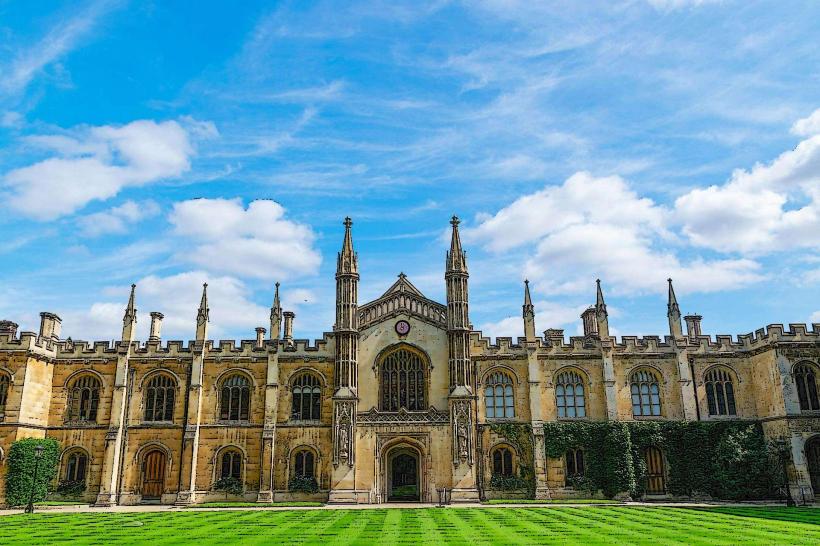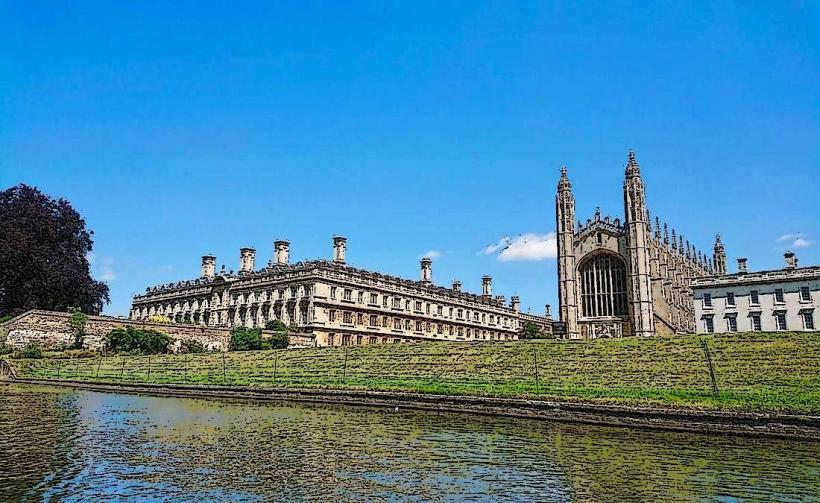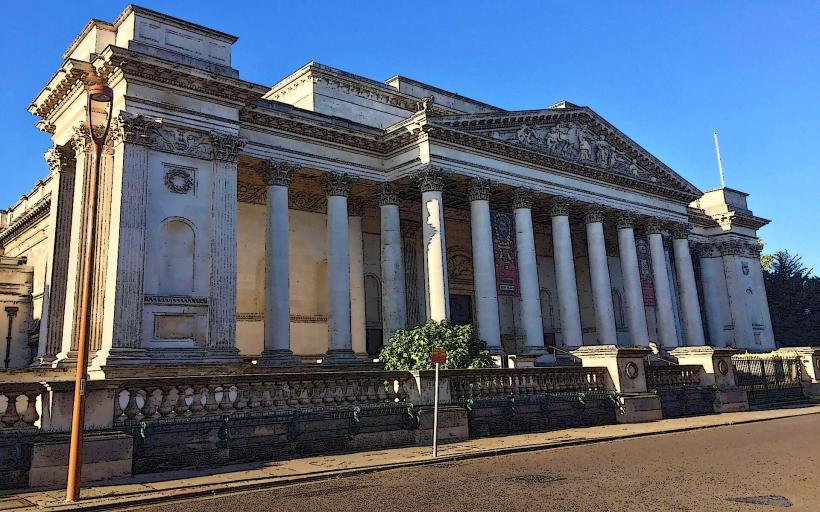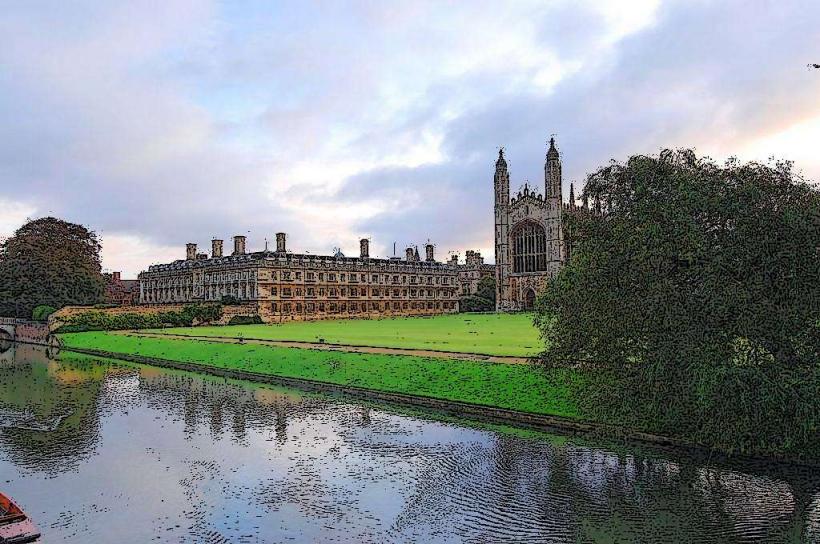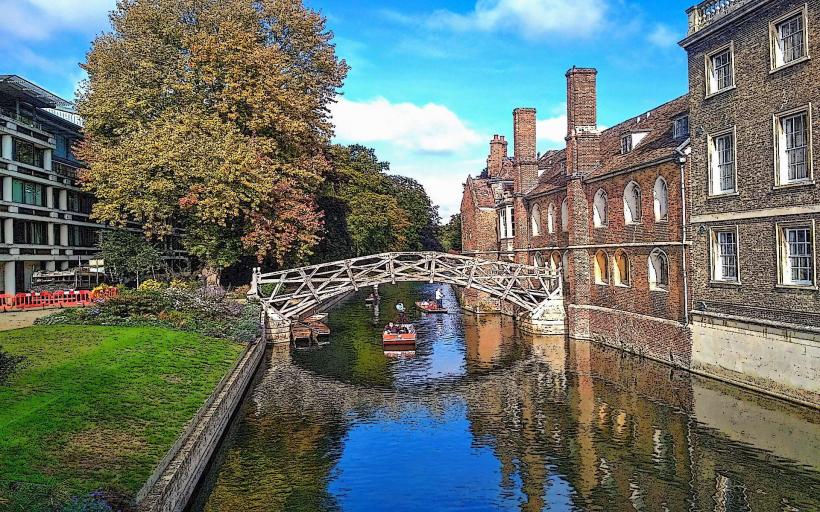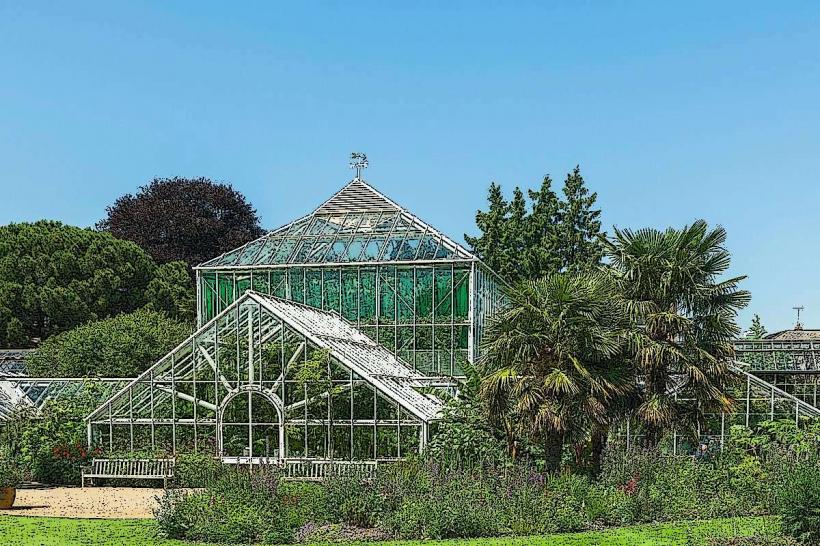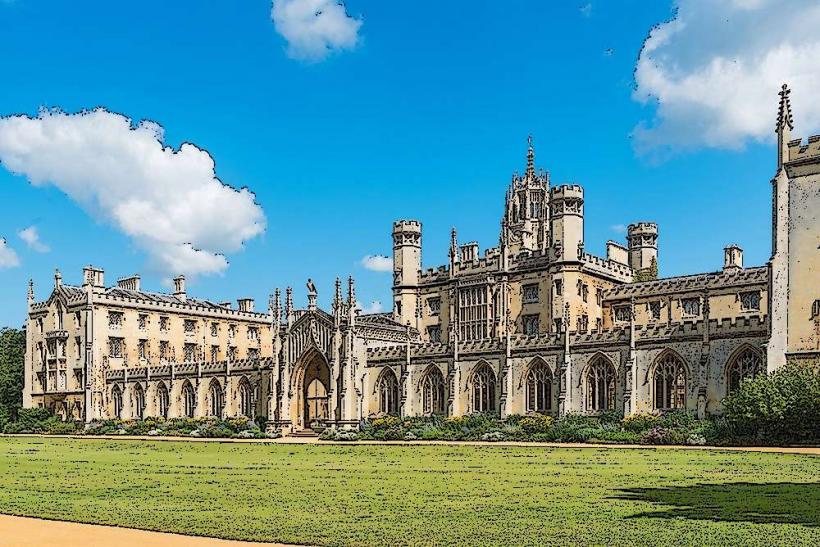Information
Landmark: Round ChurchCity: Cambridge
Country: United Kingdom
Continent: Europe
The Round Church, officially known as The Church of the Holy Sepulchre, is one of Cambridge's most iconic and historic buildings. It is notable for its unique round shape, which sets it apart from the city's other churches and contributes to its distinctive character. Located near the city center, the Round Church is one of only four round churches in England and dates back to the 12th century.
History and Origins
The Round Church was built around 1130 as a Norman church and was commissioned by the wealthy and powerful Gilbertine Order of monks, who were active in the area at the time. The church's design was inspired by the Church of the Holy Sepulchre in Jerusalem, which was built in the 4th century to replicate the tomb of Christ. This connection explains the church's round shape, which was intended to reflect the architectural style of the Jerusalem church, a unique and symbolic feature for medieval Christians.
The church originally served as a place of worship for pilgrims visiting Cambridge and was an important center for both the local community and for religious activity across the region. It was also part of the religious architecture that emerged during the medieval period, when round churches were often associated with the Crusades and the idea of imitating the Holy Land.
Architecture
The round shape of the church is its most striking feature, and it is one of the best-preserved examples of Norman circular architecture in England. The church is built from stone and features thick walls, with a central rotunda (round nave) and a surrounding chancel. The interior is designed to be spacious and to allow for light to flood in through small windows, creating an atmosphere of reverence and awe.
The church’s exterior is characterized by its simple yet powerful form, with buttresses supporting the walls and giving it a sturdy, almost fortress-like appearance. The central tower is topped with a dome, which was added later in the church's history to complement its round design.
Key Features:
- Round Nave: The central rotunda is the main part of the church, with an open, circular floor plan. This layout was a departure from the traditional longitudinal design of most churches.
- Chancel and Apsidal End: The chancel, where the altar is located, has an apsidal (semi-circular) end, which is common in medieval architecture. This design, paired with the round nave, creates a distinctive atmosphere.
- Norman Arches: The church features Norman arches in the interior, a hallmark of the period's architectural style.
- Small Windows: The church's windows are relatively small, typical of the Norman period, and contribute to the sense of quiet, intimate worship.
Restoration and Preservation
Over the centuries, the Round Church has undergone various renovations and alterations. In the 16th century, during the period of the Reformation, the church was subject to religious changes, and some of its decorations were removed. By the 19th century, the church was in a state of disrepair, and efforts were made to restore it to its former glory.
One of the most significant restoration projects occurred in the 1840s, led by the Cambridge architect George Gilbert Scott, who was known for his work on other historic churches. During this time, the interior was cleaned and refurbished, and some of the original Norman features were uncovered.
The Round Church was also one of the earliest churches in England to be used as a museum, starting in the 19th century, to showcase the history of the city and the church itself.
Modern Role and Visitor Experience
Today, the Round Church is an active Anglican church and is used for both regular worship and as a tourist attraction. It is also home to the Cambridge Round Church Visitor Centre, which provides information on the church’s history, architecture, and role in the city. The visitor center hosts exhibitions, educational programs, and community events, making it a key part of the local cultural and religious landscape.
Visitors can explore the church's unique interior, admire its medieval architecture, and learn about its historical significance through displays and interactive exhibits. There are also guided tours available, where visitors can hear about the church’s long history and its importance in medieval Cambridge.
The church is particularly notable for its acoustic qualities and is used for a range of concerts and musical performances, particularly chamber music and classical concerts. Its small size and intimate atmosphere make it a perfect venue for these events, which are enjoyed by both locals and visitors.
The Round Church and the Cambridge Landscape
The Round Church is an essential part of the Cambridge skyline and its medieval history. Located at the intersection of Bridge Street and Trumpington Street, it is surrounded by several other key buildings in the heart of the city. Its unique circular design makes it stand out in a city filled with more conventional church architectures, such as the soaring spires of King’s College Chapel and Great St Mary’s Church.
Visitors to Cambridge often walk past the Round Church as part of their exploration of the city’s historic center. Its location near The Backs, St John’s College, and the River Cam places it among some of the most beautiful and historic spots in the city.
Conclusion
The Round Church (Holy Sepulchre) is a unique and historic landmark in Cambridge that offers a glimpse into the city’s medieval past and its religious and architectural heritage. With its striking round shape, historical significance, and tranquil atmosphere, it is a must-visit for those interested in exploring the history of the city and the role of religion in medieval Cambridge. Whether you are visiting for its architectural beauty, its rich history, or to attend one of its cultural events, the Round Church is an essential part of any visit to Cambridge.

